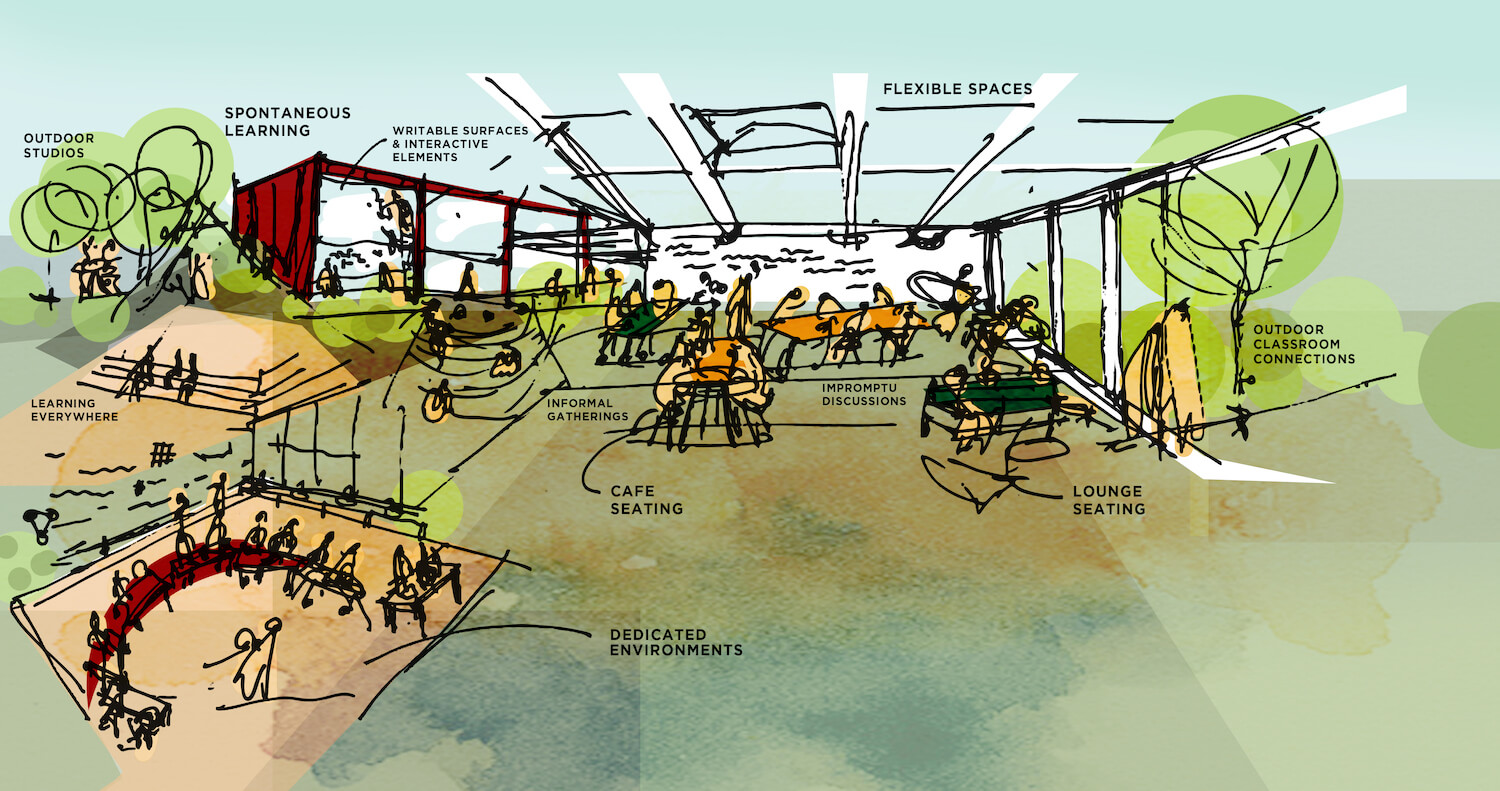In the early childhood development, the setup of preschool playground equipment plays a pivotal role. This exploration delves into the intricacies of choosing and arranging outdoor playground equipment for preschools, aligning with child psychology principles and promoting holistic growth.
Understanding the Importance of Landscape Architect Education for Preschool Playground Equipment
Preschool marks the initial stage of children’s development, making the choice of landscape architect education a crucial consideration. The selection should align with child psychology, fostering both psychological and physiological development. However, not all amusement facilities are suitable, and careful planning is essential to ensure positive effects on children’s physical and mental well-being.
The Dynamics of Outdoor Playground Equipment for Preschool
The outdoor playground for a preschool demands thoughtful consideration, beginning with an assessment of the site’s size. The overall amusement park design should encompass sports, recreation, and fitness areas. Each area requires specific equipment tailored to the developmental needs of the children.
Sports Area
Equipping the sports arena with facilities such as a balance beam, arch door, and balls contributes to the physical development of preschoolers.
Children’s Recreation Area
The children’s recreation area comes alive with engaging elements like slides, seesaws, rocking horses, comprehensive rope climbing, and more, promoting both play and learning.
Fitness Area
In the fitness area, hula hoops and jump pole facilities add a touch of physical activity that complements the overall growth of young minds and bodies.
Tailoring Playground Designs for Different Age Groups
Understanding the diverse developmental needs of children in different age groups is fundamental to creating a preschool playground that truly caters to the unique stages of early childhood. The equipment chosen for infants, aged between 0 and 2 years, focuses on providing sensory stimulation and supporting their limited mobility. Blocks, Legos, and walkers become not just play elements but essential tools for fostering motor skills and spatial awareness during this foundational stage.
Catering to the Unique Needs of Different Age Groups
- 0 to 2 Years: Infants in the “babbling” stage benefit from equipment like blocks, Legos, and walkers that cater to their limited mobility and self-protection needs.
- 3 to 6 Years: Physically mature preschoolers can enjoy combination slides, rock climbing, and children’s outreach, fostering their growing physical abilities.
- 6 to 12 Years: Adventurous older children with a penchant for exploration can engage with specialized adventure equipment tailored to their developing minds.
Strategic Playground Designs for Schools
Efficient playground designs for schools are a testament to thoughtful planning and adherence to principles that prioritize the well-being and developmental needs of students. These designs go beyond aesthetics, incorporating elements that ensure safety, cost-effectiveness, and the creation of a stimulating spatial hierarchy.
Principles Guiding Playground Designs
Playgrounds serve as dynamic environments where children engage in physical activity, social interaction, and imaginative play. These designs are essential considerations that contribute to creating safe, stimulating, and developmentally beneficial spaces for children. Always remember that safety is paramount, influencing the choice of materials, equipment placement, and layout.
- Age-Specific Functional Areas: Segregating areas based on age ensures that children engage in activities suited to their developmental stage.
- Cost-Effective Diversity: Dividing the playground into functional areas allows for a cost-effective approach, maximizing diversity in entertainment products.
- Scientific Configuration for Safety: Adhering to scientific principles ensures a safe and meaningful play experience, considering the psychological and physical aspects of children’s growth.
- Spatial Hierarchy and Planning: Planning the product function areas in harmony with the terrain creates a three-dimensional, open playground, providing children with a rich and varied childhood experience.
